|
When it comes to mixing genres with Magical Girls there is a lot of obvious choices that you can chose from - Romance, Drama, Comedy. Even if you wanted to boil it down to more specific genres like Isekai and Slice of Life feel like more obvious choices. Mecha seems like a far cry for a genre that usually centers around softer aesthetics of frills and lace, and yet from the 90s till now there are about a dozen or so Magical Girl shows with mecha influences, and vice versa. There's something about the combination of cute girls and robots that makes for a winning formula. Long running franchises like Lyrical Nanoha had definitely figured it out- the series started in 2004 and has an installation as recent as 2018 at the time of writing this- but Nanoha wasn't the first. The genre mixing goes way way back to a show called Magic Knight Rayearth. Vita from Magical Girl Lyrical Nanoha A's First GearMagic Knight Rayearth came out in 1993 as a serialized manga and was animated a year later. Sailor Moon had just started popularizing the idea of Magical Girls as warriors (1991) and the gears of Isekai were warming up with Fushigi Yûgi (1992) creating a perfect climate for something like Magic Knight Rayearth- which mixed the two- to thrive. Just so we're all on the same page, Magic Knight Rayearth is about three girls transported to a magical world that they're destined to become the saviors of. There's friendships made, tears shed, romances had, and a shocking twist - all cornerstones of a good modern Magical Girl story, but back then it was just setting things up. Magical Girls was still finding it's footing as the decade rolled into the next. We had tropes that were recognizable such as items that could be turned into merchandise, cute mascots, and transformations, but there was still a lot that was being felt out. Sailor Moon had only just introduced the idea of Magical Girl Warrior teams, before the Senshi were fighting for love and justice the majority of popular Magical Girls worked solo and were more focused on becoming Idols and Princesses. So when the all lady team at Clamp had an opportunity to help build upon what Sailor Moon was trying to establish, and what direction did they go in? Robots. Just, giant robots. Umu, Hikaru, Fuu and their Rune-Gods - Magic Knight Rayearth It made sense! Mecha had been a long running staple in the anime and manga industry with a history going back to the 40s (Denki Dako being the first manga to showcase a piloted robot). and even had roots with established Magical Girl creator Go Nagai (creator of Cutie Honey and Majokko Tickle). By the time the 90s rolled around the idea of piloting a giant robot to fight things was already common place- and popular! Naoko Takeuchi, creator of Sailor Moon, was already making a splash by taking common Toku Henshin Hero (think, Super Sentai/Power Rangers) tropes and painting them with the Magical Girl brush, so it was a proven formula: take a shounen genre and interweave it with a shoujo one, out pops a new popular piece of media. Not only was it a demonstrated success but it had the potential to double your market. Girls come for the lady heroes and romance, boys come for the action. Everyone stays for the story and the neat fights! Even if Clamp wasn't directly influenced by all of this, the team surely did benefit from it. The cultural climate created by the above mentioned factors helped set the framework for Magic Knight Rayearth's success. The series was not only popular in Japan but has global appeal. Over 200,000 copies of Magic Knight Rayearth have been sold in the U.S. alone according to Dark Horse Comics. It has been cited as Philippines' highest-rated anime series of the 20th century, and recently had a merchandising resurgence in Japan (2019). Magic Knight Rayearth set the foundation for the marriage between Mecha and Mahou Shoujo. I don't know if Clamp could've envision just how far this relationship would go. Promotional material for Granbelm (2019) Reverse It Magical Girls have become experts at taking elements of the Mecha genre into the fold, if not straight up giant Robots than in design and mechanics for armor and weapons in shows like Symphogear and Hyperdimension Neptunia, but what about the opposite way around? What does a Mecha show with Magical Girl elements look like? The Macross franchise has you covered. Macross is a giant in the Mecha genre. Since 1982 they've come out with four unique anime series, forty video games, six OVAs, five manga series and one light novel it's rivaled only by Gundam in brand recognition. Though, Macross has always been a mix of Mecha and Idol, the Idol genre has steadily become the focus over the years. Some point out it may be due to Mecha's decline in popularity. An article written by Theo J Ellis for Anime Motivation proposes several reasons for the potential decline (detailing genre fatigue among other things). The slide seemed to start with Macross Frontier (2008) and Ranka Lee. Ranka Lee from Macross Frontier Ranka injected tropes from the Magical Idol subgere (Creamy Mami in the 80s or Full Moon wo Sagashite (2002)). She took the trademark 'magical voices' of Macross and added some Magical Girl flair with the inclusion of sparkly transformations that felt distinctly Mahou Shoujo. By the time we got Macross Delta (stylized as Macross Δ) (2016) the franchise seemed to drop all pretense and became an Idol show featuring robots instead of the opposite way around. As Theo speculates in his article, popular franchises like Love Live! (2010) and Idolmaster (2005) had changed the climate for anime fans. Just like Madoka Magica harkened the darkening of the Mahou shoujo genre and Macross seemed to be the canary in the coal mine for the Mecha genre, which now includes Magical Girl adjacent entries such as Lagrange: The Flower of Rin-ne (2012), Cross Angel (2014), and Soukou Musume Senki (2021). Strike Witches (2008) is even considered a Magical Girl show often because of it's inclusion of transformations but definitely has more in common with the Mecha genre than Mahou Shoujo. The list goes on. What's the difference between a Mecha Magical Girl and a Magical Girl Mecha, and it usually boils down to branding and narrative framing. Spot the DifferenceMecha based components of Magical Girl shows are usually explained away by "they're magic" while as Magical Girl components in Mecha based shows are usually explained away by "they're alien" or "it's science". The line between science and magic is thin and often blurred and exceptions occur to the science vs. magic rule can occur. Magical Girl shows like Vividred Operation take advantage of this by claiming science but being firmly in the realm of Magical Girl due to the way the science is framed. The girls may be using Mecha inspired tech but they transform, they fuse, the main character's grandfather was turned into a ferret to act as a magical mascot. They can claim science but the show utilizes enough classic Magical Girl tropes to cement itself is firmly within the Magical Girl genre. Vividred Operation Meanwhile, The Vision of Escaflowne (1996) is set in a Tolkienesque world where magic is the rule, but it lacks all the tropes of being a Magical Girl show even thought it is female led. It's firmly in the realm of Mecha because of the framing, narrative and tropes used. There's a thin line at times but in the end I think it's all on what get's the viewing audience really jazzed about the show? Is it the girls or the robots? Where is the marketing and narrative focus? If it leans one way or the other it helps pin point which shows are Magical Girl Mecha and which are Mecha Magical Girls. Who's Driving?Splitting genre hairs aside including Mecha based elements in Magical Girl is a more common occurrence in Seinen Magical Girl shows - shows targeted toward older boys/men. Mai-HiME, Granbelm, and the others mentioned previously are all shows aimed at older male audiences. In fact the only show mentioned in this piece that isn't is the one that started it all - Magic Knight Rayearth. In the 2000s onward we've seen a number of common Shoujo Anime genres be slowly swallowed up by the Shounen/Seinan demographic: Isekai, Idol and Magical Girls to name a few. This isn't to say each genre didn't have some interlacing with Shounen/Seinen before, but it's a scale that's been tipped and we can see it in the titles coming out. Early on in the millennium popular Magical Girl titles included shows like Tokyo Mew Mew and Ojamajo Doremi (both firmly shoujo series) and now the most recent new launches are a Madoka Magica spin off and Magical Girl Spec-Ops Asuka- a military based Magical Girl show. This influenced the genre twisting - Mecha elements were scarce in Magical Girl shows prior to the audience shift. Now they're so common it's inspired me to write about it. In terms of what genre to mix with Magical Girl it starts making sense when you recognize who the driving target is behind this. Cute girls with murder machines are apparently appealing, this is why Ranka Lee and Sheryl Nome ranked within the top three Macross characters in a NHK fanpoll in 2019, this is why shows like Girls und Panzeri- a show about cute girls piloting tanks- find an audience. The juxtaposition of soft lace and hard metal seems to speak to an older male audience judging by the anime trends. Maybe it's the contrasting nature feeling somewhat taboo going against perceived norms or maybe it's the knowledge that these cute girls could kick your ass. No matter the reason the audience shift is the driving force behind the Magical Mecha phenomenon. Coming in for LandingWhether you're a fan of it or not the Magical Girl Mecha sub-genre doesn't seem to be going anywhere. It's prevalence penetrates even media where it may not be the focus like the designs Kokoro Awane, Kakuma Ai and Hinata Matsuri- from the poplar mobile game Magia Record- which feature robotic/mecha type elements. Kokoro Awane from Magia Record: a Puelle Magi Madoka Magica Side Story Mobile Game Magical Girl and Mecha have a longer standing history together than Magical Girl and Horror. I could even argue longer than Magical Girl and Idol if you count the Cutie Honey leaking Scify/Robot elements into the Mahou Shoujo genre in the 70s. The mix is so common the U.S. show Megas XLR got in on it with their Sailor Moon parody team, the Ultra Chicks, and RWBY utilizes mecha like mechanics in their weapons. The appeal of girls and their robots may not be universal but it sure is prevalent. While the genres may seem incompatible at first I'm reminded of a quote from notable futurist Arthur C. Clarke: “Magic's just science that we don't understand yet.” Magical Girl Mechas mix science and magic to create a mix-matched sub-genre that continues to evolve and entertain. Edited on 8.3.23 for grammar and minor corrections.
0 Comments
Your comment will be posted after it is approved.
Leave a Reply. |
Categories |
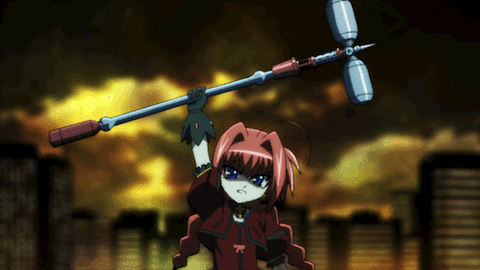
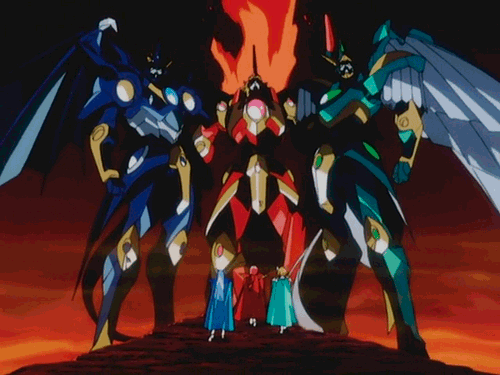
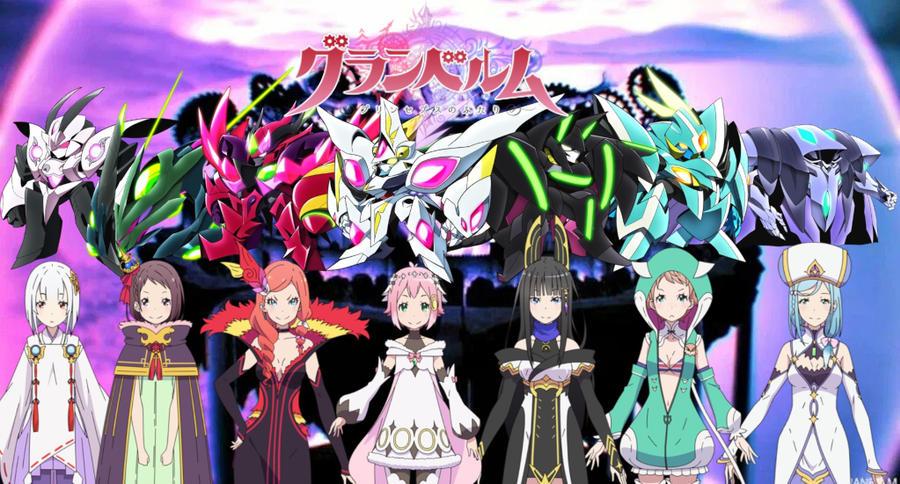
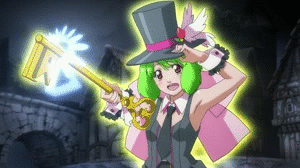
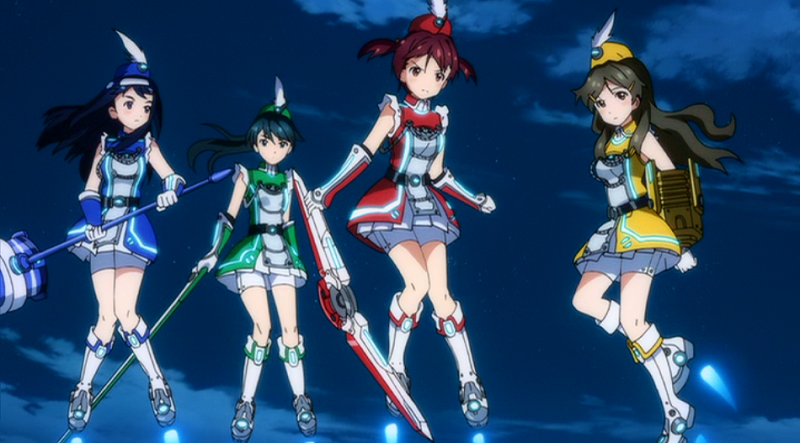
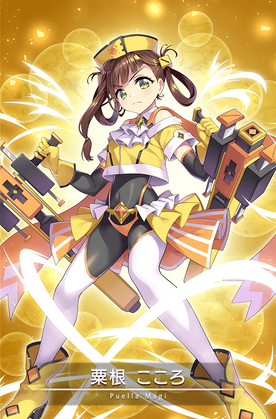
 RSS Feed
RSS Feed
